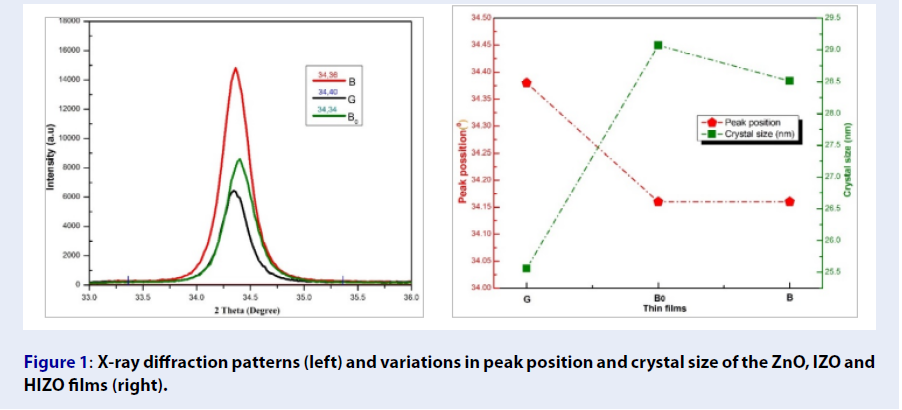
Influence of indium and hydrogen co-doping on optical and electrical properties of zinc oxide thin films deposited by DC magnetron sputtering
- Laboratory of Advanced Materials, University of Science, Vietnam National University, Ho Chi Minh City (VNU-HCM)
- Center for Innovative Materials and Architectures (INOMAR), Vietnam National University, Ho Chi Minh City (VNU-HCM)
Abstract
Introduction: ZnO-based thin films, known as potential transparent-conducting oxides (TCO), have still attracted much attention in applications for good-performance electrodes and inner layers in solar cells. Recently, the research tendency has focused on improving carrier mobility rather than carrier concentration to enhance performance and response speed of TCO thin films. In this work, Indium, and Hydrogen co-doped ZnO (HIZO) thin films were deposited by using DC magnetron sputtering technique in hydrogen-plasma atmosphere.
Methods: Indium-doped ZnO ceramics were used as sputtering targets, in which, Indium content varied from 0.07 to 1.0 at.%. The electrical, optical, structural and surface morphological properties of the as-deposited films were investigated by using Hall effect-based measurement, UV-Vis spectra, X-ray diffraction (XRD) and fieldemission scanning electron microscopy (FE-SEM), respectively.
Results: As a result, the HIZO films sputtered from the 0.1 at.% In-doped ZnO target and at H2/(H2+Ar) ratio of 3.5% exhibit high electron mobility (47 cm2/Vs), the lowest resistivity (4.9x10-4 Ω.cm) and sheet resistance (4.7 Ω/sq.), simultaneously, high average transmittance (>80%) in the visible – near IR spectrum regions.
Conclusion: Based on these results, the HIZO films are considered as potential TCO thin films that can be well-used as transparent electrodes in solar cells.

